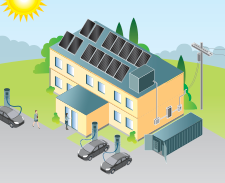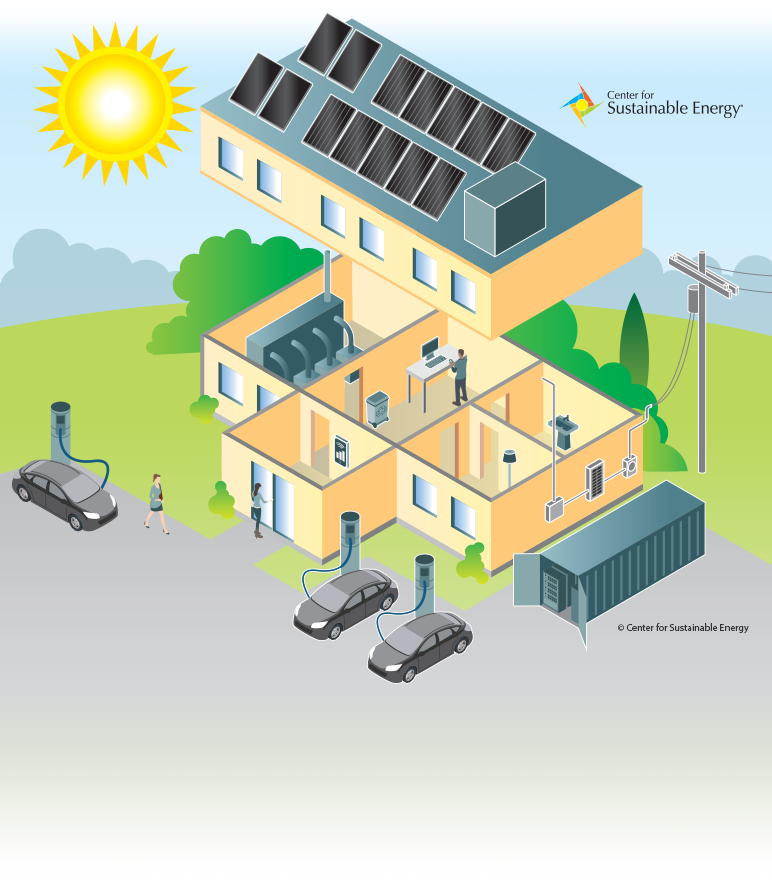
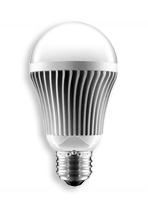
Lighting: Indoor & Outdoor
Replace incandescent light bulbs, which waste more than 90% of their energy through heat loss, with CFLs, LEDs or other high-efficiency lighting.
Turn off lights when not needed and install occupancy sensors.
Use daylight harvesting that takes advantage of ambient light to provide effective indoor illumination.
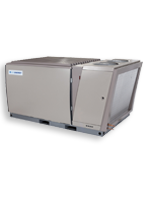
Heating, Ventilation, Air Conditioning and Refrigeration (HVAC+R)
-
Install high-efficiency components when repairing or replacing pumps, fans, motors, compressors, chillers and cooling towers.
Use variable frequency drives that control the speed and torque of AC motors by varying motor input frequency and voltage.

Plug Load Management
-
Use smart and advanced power strips that reduce your energy usage by shutting down power to products that go into standby mode.
Install ENERGY STAR® printers, monitors and other office equipment.
Use power management settings or software.
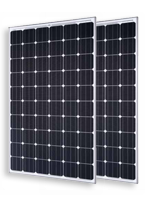
Solar PV
Install solar photovoltaic (PV) systems, also referred to as solar electric systems, to reduce utility electricity consumption. PV systems can power everything in your business from lighting and equipment to forklifts and electric vehicles. Learn more
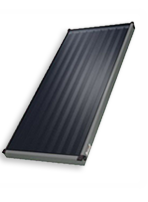
Solar Thermal
Install a solar water heating system to displace the natural gas or electricity used to heat water for your business. Systems can be used for all hot water needs from hand sinks and showers to high-volume dishwashers, laundries and industrial processes. Learn more
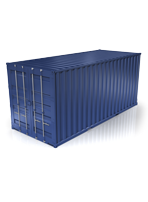
Thermal or Electric Energy Storage
Consider advanced energy storage systems, such as thermal or battery storage, that can supply power during times when utility electricity prices are the most expensive or as backup during outages. Businesses with high electricity use can offset peak consumption and reduce utility bills through demand charge savings. Energy storage systems are particularly well suited for use with on-site electrical generation such as solar PV. Learn more
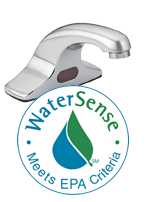
Water Efficiency
-
Use WaterSense labeled or other low-flow fixtures for faucets, toilets and showers.
Use reclaimed water for irrigation, manufacturing and other nonpotable purposes.
Use drought-tolerant, native plants for landscaping to reduce irrigation needs.
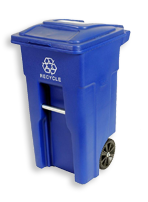
Waste Diversion
-
Implement a composting system using stainless steel food compost bins.
Provide recycling bins and a battery disposal area.
Use washable dishware in lunch area instead of disposables.
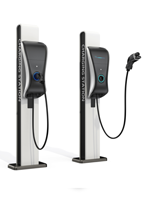
Alternative Transit
-
Provide bicycle facilities for employees and visitors to store their bikes.
Install electric vehicle charging stations.
Provide carpool parking and encourage ridesharing.
Consider employee incentive programs for alternative transit. Learn More
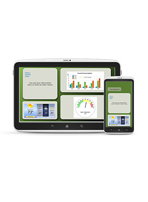
Building Energy Management System (EMS)
-
Use ENERGY STAR’s Portfolio Manager to benchmark your building and track energy usage.
Perform continuous commissioning to resolve operating problems. Learn more
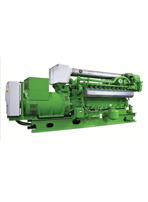
Combined Heat and Power (CHP)
Use CHP to simultaneously produce electrical and thermal energy from a single source. Your existing or planned electrical and mechanical power systems can be linked with boilers or other equipment to produce space heating, hot water, steam and even chilled water (with an absorption chiller). CHP is a more cost-effective and efficient way to use energy resources. Learn more

Employee Engagement
Put up signage to promote sustainable practices such as turning off computer monitors or reducing water use.
Conduct ongoing sustainability education and programs for employees.
Want to find out which clean energy technologies may be right for your facility? Take the Clean Energy Assessment.

